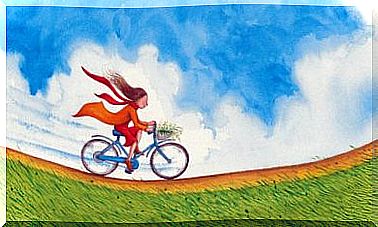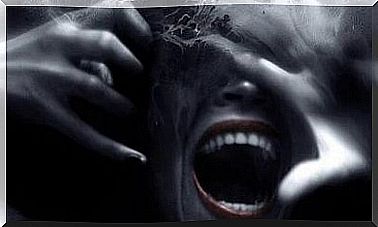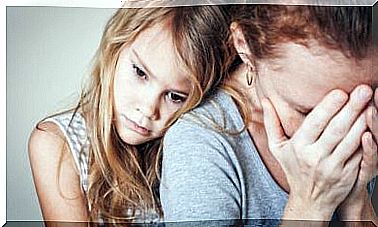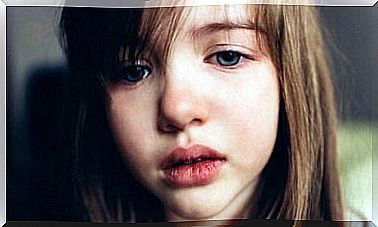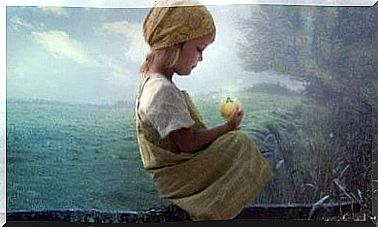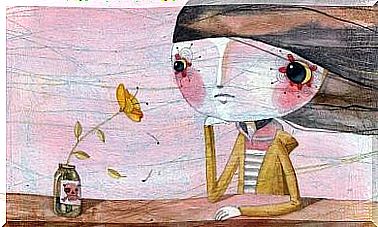The Bizarre Days Of The Black Death

One day, an infected ship arrived at a port in a city with 100,000 inhabitants and a great commercial significance. In less than a month, 300 people would die every day from this pandemic. By the end of it , 10% of the city’s people were dead. This is known as the Black Death.
The exact cause of the plague is still unknown. Men, women, children, the elderly, farmers and artisans, priests and knights all perished because of it. There was no possible way to escape.
You are not reading about a story about zombies. In Valencia, in 1348, the crown of Aragon called it the Black Death. Put yourself in their place and try to understand their actions. Think about what they thought and why they did the things they did. In this article you will learn how bad the Black Death was, its evolution and its consequences.
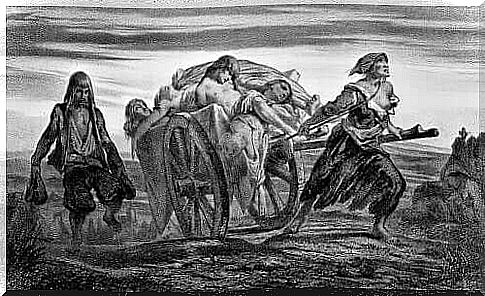
A sick Europe
In the middle of the fourteenth century, the Black Death came to Europe and became one of the worst demographic disasters in history. Most of the inhabitants of the Old World knew about it. They had been living with it for a few centuries now and they would have to live with it for a few more centuries.
However, it had not been so bad since the time of Justinian I´ in the sixth century. This disease scared people even more than leprosy.
Historians are sure how the plague arrived in Europe: Through Kaffa in Crimea. The Mongol army besieged the city and attacked it with something worse than their swords. The Mongols themselves said they threw infected dead bodies over the city walls.
In fact, you do not have to associate the Black Death with the Mongols alone. No city wall can keep rats or fleas away. After this warning, traders from Genove returned to Italy, but it was too late. The Mediterranean was now a bridge to the disease and within a year the West was doomed.
All roads led to the Black Death
For some time, people believed that the Black Death was spreading through the air. The smell of the rotten corpses and Greek medicine and astrological superstition all pointed in that direction. Rats and fleas were the possible reason for how fast it spread. Even two weeks after the infection, there were no symptoms. Five days later, death was inevitable.
In every port or infected city there was a new outbreak. People who ran away from the cities brought the disease with them to the country, where the disease demographically became even worse. The primary trade route and pilgrimage routes were fraught with disease.
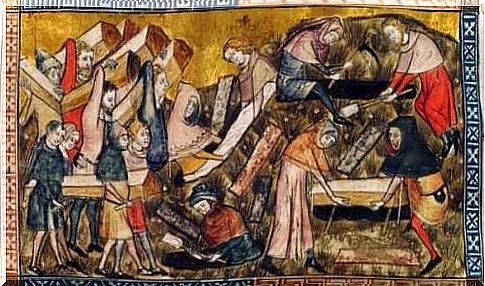
To face death
Nowadays, historians believe it was bubonic plague, but other epidemics, such as Ebola and pneumonia, are not entirely ruled out. The symptoms must have been terrible. From its name came black spots, coughs, delusions, inflammation.
These were the warning signs of impending death. Besides infection through air and animals, blood was also very dangerous. Doctors could not care for this disease.
The demographic crisis had consequences such as famine, orphanhood and crop losses. It is very difficult to distinguish the direct deaths from the Black Death from the deaths that were not associated with this disease.
What happened after the Black Death?
The loss of people in France, England, Italy and Spain was as high as 50% or 60% of their population, with even higher numbers in certain areas. Alfonso XI of Castile was among the victims, just as he besieged Gibraltar. It even led to a truce in the Hundred Years’ War.
After the Black Death, there was still chaos. As usual for that time, Jews were used as scapegoats. They were accused of poisoning people. Bands would also attack them.
In a vulnerable society , agreements were useless. In the time during the Black Death, there was more prostitution, along with other vices, perhaps a desperate form of carpe diem . Seeking forgiveness became the norm. People wanted to get rid of the sinners before their impending death.
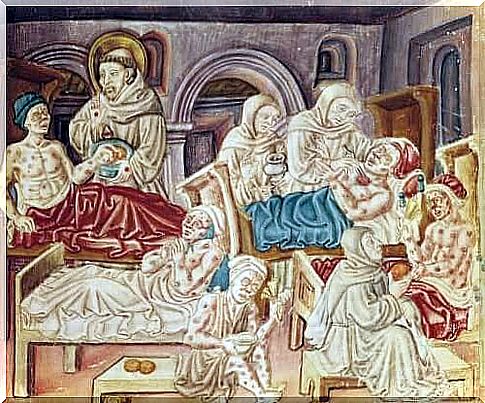
Interestingly, one economic consequence was the liberation of lots of land. Many of the surviving farmers had access to these pieces of land. In a society on the brink of death, the death of other peoples was a gift to the living. After the Black Death, however, society welcomed the Renaissance.
